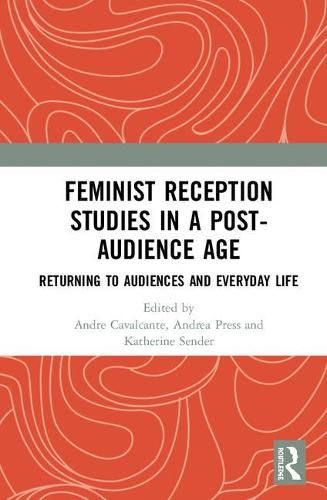Readings Newsletter
Become a Readings Member to make your shopping experience even easier.
Sign in or sign up for free!
You’re not far away from qualifying for FREE standard shipping within Australia
You’ve qualified for FREE standard shipping within Australia
The cart is loading…






This book makes an important return to reception studies at an exciting juncture of media distribution and modes of consumption. The editors’ introduction contextualizes this new work within a long history of feminist approaches to audience research, and argues that new media forms require new methods of research that remain invested in questions of gender, sexuality, and power. The contributions are rooted in the dynamics of everyday life and present innovative approaches to media and audiences. These include investigating online contexts, transnational flows of media images, and new possibilities of self-representation and distribution. Collectively, this work provides a robust theoretical and methodological framework for understanding media reception from a feminist communication and media studies perspective. The scholars included are in the vanguard of contemporary thinking about media audiences and users of technology in what some call the ‘post-audience’ age.
The chapters in this book were originally published as a special issue of Feminist Media Studies.
$9.00 standard shipping within Australia
FREE standard shipping within Australia for orders over $100.00
Express & International shipping calculated at checkout
This book makes an important return to reception studies at an exciting juncture of media distribution and modes of consumption. The editors’ introduction contextualizes this new work within a long history of feminist approaches to audience research, and argues that new media forms require new methods of research that remain invested in questions of gender, sexuality, and power. The contributions are rooted in the dynamics of everyday life and present innovative approaches to media and audiences. These include investigating online contexts, transnational flows of media images, and new possibilities of self-representation and distribution. Collectively, this work provides a robust theoretical and methodological framework for understanding media reception from a feminist communication and media studies perspective. The scholars included are in the vanguard of contemporary thinking about media audiences and users of technology in what some call the ‘post-audience’ age.
The chapters in this book were originally published as a special issue of Feminist Media Studies.